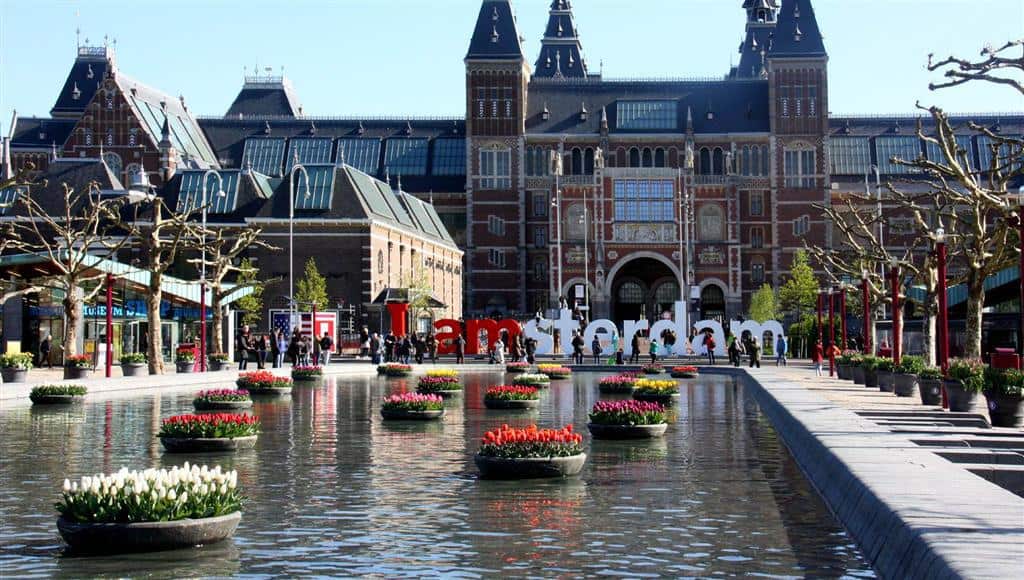Table of Contents
Musa Palace
Musa Palace – despite its small size – is considered one of the distinguished Lebanese museums, which embodies the story of Lebanese life between the nineteenth and twentieth centuries, through embodiments of people who left their mark in the country’s cultural and social heritage, to become one of the tourist attractions that everyone who visited Lebanon Where Moses himself receives all his visitors despite his old age. Moses Palace is located in the Lebanese state, specifically in the city of Beiteddine, which is affiliated with the Chouf District, where it overlooks the slope of the road that connects Deir El Qamar and Beiteddine. The period of construction of this palace ranged from one thousand nine hundred and forty five to one thousand nine hundred and ninety seven AD, and it was built by his hand, the owner of the idea and the implementer, Musa Al-Maamari without any assistance.
The story of its construction
Musa al-Maamari tells of his suffering with the poverty that he was living under a very simple family, living in a room of mud, and he dreamed of living in a palace that he drew in his imagination, and he embodied a drawing of him on a notebook that his mother had bought for him from the village store in exchange for four eggs. Musa Al-Maamari listened to the information that the teacher dictates in an educational session in the school. Rather, he was very interested and busy in drawing a picture of his palace, which he dreamed of, as he painted each stone in a different color, and he drew a design for this palace that he wished to become a reality, but the teacher was resentful of the few This student’s interest in the lesson to stand next to him and watch it, then he sees that drawing That he used to write on his notebook, so he was from the teacher except that he asked Moses to rise, and hit him on his head a painful blow with the stick of the pomegranate he carries with his hands, extracted the paper from his hands, folded it and then tore it up, threw it on the ground and took it trampling on his leg, and expelled Moses from the school He commanded him to return to his father and build a palace for him as he draws on paper. Moses ’crying was painful, and his painful gasps were heard, and he was only to capture his torn dream on the ground, put the paper in his pocket, and returned to his house a neighbor with his pain and what he left The teacher himself crushed his hopes. Moses re-glued the paper to each other, and put the drawing in a box, which remained hidden for twenty-five years, until, when he made his comeback, he built this dream, which was actually embodied in what resembles the palace, to become one of the heritage landmarks in Lebanon, and topped this torn painting Which was reassembled from one of the palace walls.
Assets of the palace
Musa Al-Maamari Palace included many figures that tell about the Lebanese environment and the lives of its people, within a folkloric framework, including village works, and the popular network, and there are also some figures of old crafts in Lebanon, in addition to old weapons dating back to the Ottoman era, and also for the period of the French mandate over the country, The number of weapons displayed in the palace is approximately sixteen thousand pieces of weapons, and this group is the largest displayed in the Middle East. A corridor in the citadel was placed in a plaque that Moses wrote: “Life has taught me that this world will not stop its continuation after my death, as well as The Earth will not be deterred from Du It will not stop the sun from sunrise and sunset. “








